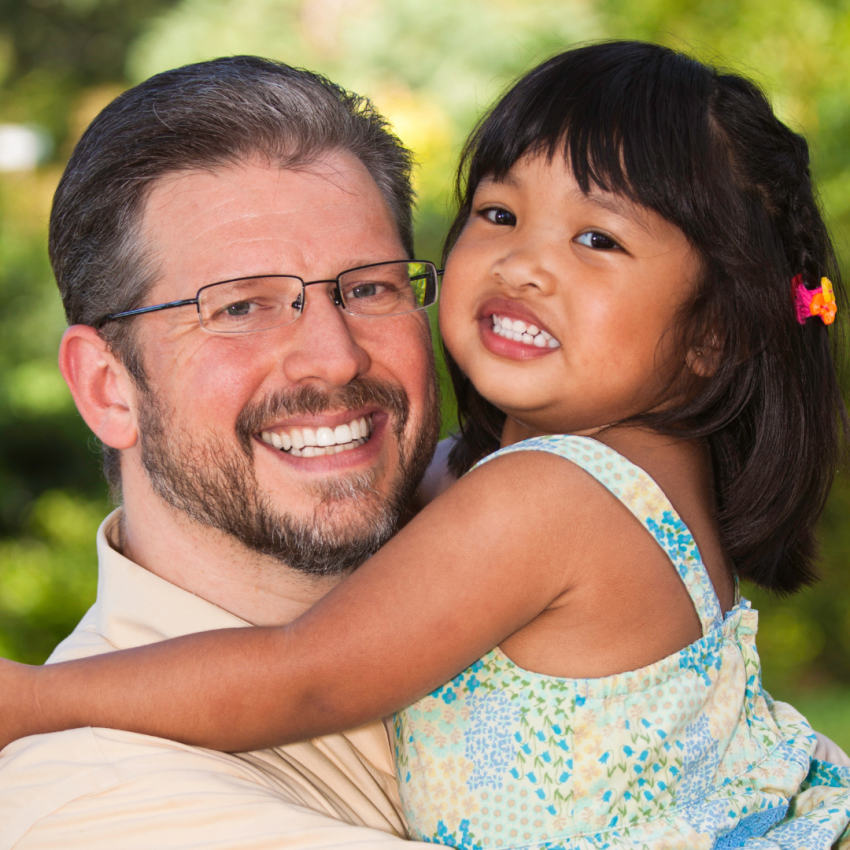The Adoption Process: What You Need To Know

There are many steps involved in adopting a child. This can be nerve-wracking for a lot of people, but it’s important to take the time to make sure you’re ready for this long process. From your first meeting with a social worker to the day your new family member comes home, there are some things you need in order to sign up and start the process. This article aims to give an overview of what is involved during that process and why adoption is such an important option.
What’s the Adoption Process?
The adoption process can be a confusing and overwhelming experience, but understanding the basics can help make the process go more smoothly. Here are some things you need to know about the adoption process:
1. The Different Types of Adoption
There are several different types of adoption, including domestic infant adoption, international adoption, foster care adoption, and relative/kinship adoption. Each type of adoption has its own unique set of requirements, so it’s important to do your research and choose the type of adoption that is right for you.
2. Getting Started
If you’re considering adoption and want to initiate the process, your initial step is to locate a recognized Adoption Agency in your state. For example, if you’re considering the option of adopting a child in texas, you must identify an accredited Adoption Agency in that state to guide you through the adoption journey. You can either search for agencies online or ask your local social services department for help. Once you’ve found the agency you’re interested in working with, call or email them to set up an initial consultation. In addition to that, you should be familiar with the particulars of the process from a legal standpoint. So, you’d want to consult an Arizona Family Law attorney, or one that’s closer to you. This can help you to go about it without any hiccups.
3. The Home Study Process
If you decide to move forward with an agency after your initial consultation, the next step will be to complete the home study process. It involves a social worker coming to your home to determine if it is a good fit for an adoptive child.
It is the time when the potential adoptive family is evaluated to ensure they are able to provide a safe and loving home for the child. The home study typically includes interviews, home visits, and a review of important documents. It is important to be honest and open during the home study process to ensure that the best possible decision is made for the child. The home study usually takes two to three months to complete.
What Happens When You Apply to Adopt a Child?
Once the home study is complete, you will be placed on a list of potential adoptive families. When a child becomes available for adoption, the birth parents will review the profiles of potential adoptive families and choose the family they think would be the best fit for their child.
If you are chosen as the adoptive family, you will then work with your attorney to finalize the adoption. Once the adoption is finalized, you will be the child’s legal parent and they will be a member of your family forever.
How Long Does the Process of Adopting Take?
The adoption process can take anywhere from a few months to a few years. It all depends on the type of adoption you are pursuing and the country you are adopting from.
If you are looking to adopt domestically, the process is typically shorter than if you were adopting internationally. The average domestic adoption can take anywhere from four to twelve months. However, there are many variables that can affect how long it will actually take for your adoption to be finalized. These include things like whether or not you are using an agency, if you are working with a state or private agency, what type of home study is required, etc.
International adoptions tend to take longer than domestic adoptions, with the average time frame being around eighteen to twenty-four months. Again, there are many factors that can influence how long it will actually take for your international adoption to be completed. These include things like the country you are adopting from, their requirements and processes, as well as any travel that may be required.
One thing to keep in mind is that no matter what type of adoption you are pursuing, it is important to be prepared for a long process. Adoption is a life-changing event and should not be taken lightly.
Challenges of an Adoption
One of the biggest challenges of adoption is the cost. Adoption can be a very expensive process, with fees ranging from $5,000 to $40,000. There are also many hidden costs associated with adoption, such as travel expenses and legal fees.
Another challenge of adoption is the amount of paperwork involved. The adoption process requires a lot of paperwork and can be very confusing for those who are not familiar with it. It is important to have an experienced adoption attorney to help you navigate the process.
Lastly, the emotional toll it can take on everyone involved. The decision to adopt is not an easy one, and it can be overwhelming for both the adoptive parents and the child being adopted. There are a lot of emotions involved in the adoption process, and it is important to be prepared for them.
Is an Adoption Right for You?
Deciding to adopt is a huge decision and one that should not be taken lightly. There are many factors to consider before taking the plunge, and it’s important to be sure that adoption is right for you and your family.
The first step is to educate yourself on what adoption actually entails. Adoption is the legal process of permanently transferring all parental rights and responsibilities from one family to another. This means that if you adopt a child, you become that child’s legal parent in every way-you have the same rights and responsibilities as if you had given birth to the child yourself. Adoption also creates a permanent, legally binding relationship between the child and the adoptive family.
Of course, there are many different types of adoption, so it’s important to do your research and choose the path that’s right for you. For example, domestic infant adoption involves adopting a baby from within the United States, while international adoption involves adopting a child from another country. There are also different types of adoption based on how much contact you want with the birth parents; some adoptive families choose open adoptions, which involve maintaining some level of communication with the birth parents, while others opt for closed adoptions.




Leave a Reply